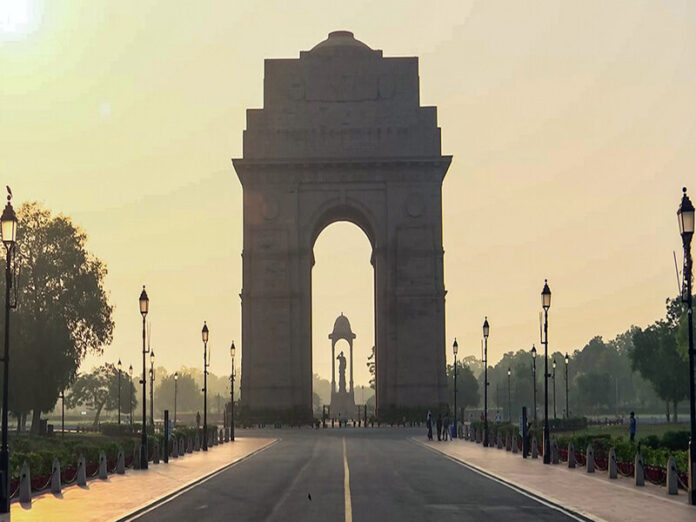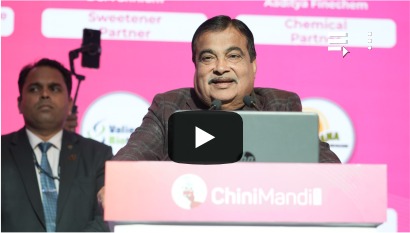New Delhi [India]: India’s real GDP has been estimated to have grown by 8.2 per cent in the July-September quarter of the current financial year 2025-26 over the growth rate of 5.6 per cent in the same quarter of the previous fiscal, official data showed Friday.
The National Statistics Office (NSO), Ministry of Statistics and Programme Implementation (MoSPI), has released the Quarterly Estimates of Gross Domestic Product (GDP) for the July-September quarter.
India’s nominal GDP grew at an 8.7 per cent rate during the September quarter, data showed today.
In the April-June quarter, India’s real GDP grew 7.8 per cent, over the growth rate of 6.5 per cent in the same quarter of the previous fiscal. India’s nominal GDP grew at an 8.8 per cent rate during the said quarter.
The Secondary (8.1%) and Tertiary Sector (9.2%) has boosted the Real GDP growth rate in Q2 of FY 2025-26 to rise above 8.0%.
Manufacturing (9.1%) and Construction (7.2%) in the Secondary Sector, has registered above 7.0% growth rate at Constant Prices in this quarter.
Financial, Real Estate & Professional Services (10.2%) in the Tertiary Sector has sustained a substantial growth rate at Constant Prices in Q2 of FY 2025-26.
Agriculture and Allied (3.5%) and Electricity, Gas, Water Supply and Other Utility Services Sector (4.4%) has seen moderated Real growth rate during Q2 of FY 2025-26.
Real Private Final Consumption Expenditure (PFCE) has reported 7.9% growth rate during Q2 of FY 2025-26 as compared to the 6.4% growth rate in the corresponding period of previous financial year.
Real GDP has registered 8.0% growth rate in H1 (April-September) of FY 2025-26, as compared to the growth rate of 6.1% in H1 of FY 2024-25.
In 2024-25, the Indian economy grew by 6.5 per cent in real terms. The Reserve Bank of India had projected 6.5 per cent GDP growth for the fiscal year 2024-25.
In 2023-24, India’s GDP grew by an impressive 9.2 per cent, continuing to be the fastest-growing major economy.
According to official data, the economy grew 8.7 per cent and 7.2 percent, respectively, in 2021-22 and 2022-23.
Earlier this year, the World Bank said India will need to grow by 7.8 per cent on average over the next 22 years to achieve its aspirations of becoming a developed country by 2047. However, the World Bank asserted that getting there would require reforms and their implementation to be as ambitious as the target itself.
To realise the vision of ‘Viksit Bharat’, a developed nation dream by 2047, India will need to achieve a growth rate of around 8 per cent at constant prices, on average, for about a decade or two, the Economic Survey document for 2024-25 tabled on January 31 this year asserted.
India has made quite a turnaround, climbing the ladder of economic growth. This can be gauged from the progress in terms of size of economy. India was placed 11th in 2013-14 and is now the fourth-largest economy. India has surpassed many countries in terms of economic size over the past decade and now needs to continue making progress in terms of per capita income.
In 2013, India was placed in the league of ‘Fragile 5’ economies. The term ‘Fragile 5’ was coined by a Morgan Stanley analyst and referred to then to a set of five emerging countries, including India, whose economies were not doing well. The other four countries were Brazil, Indonesia, South Africa, and Turkey. Today, India is one of the fastest-growing major economies. (ANI)















